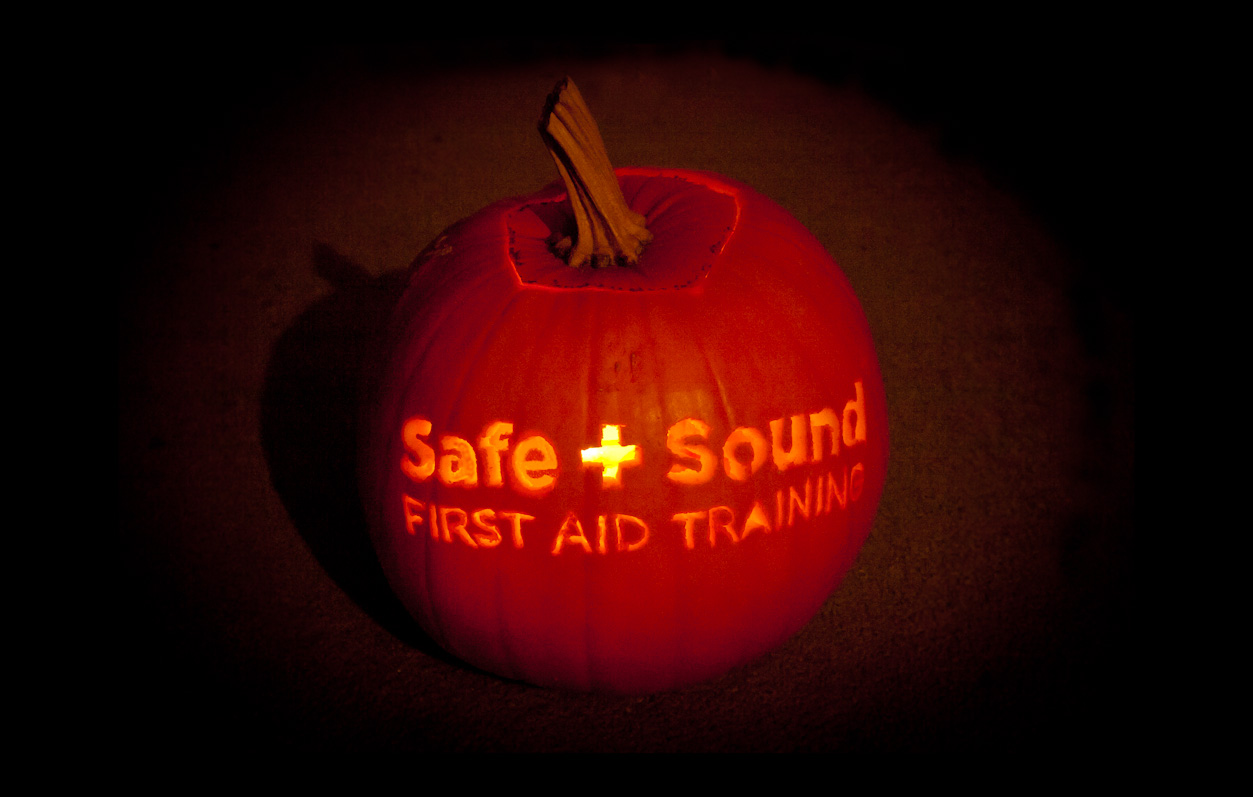Follow these tips on Halloween night to help ensure your family has a fun and safe night of trick or treating!
1. Young children should be accompanied by a parent.
2. Older kids should trick or treat in groups and have a cell phone with them. Discuss your child’s route with them and what time they will be home at.
3. Instruct children to walk on the sidewalk not the street.
4. Be seen in the dark. Encourage kids to wear lighter coloured and or reflective clothing or apply reflective tape to your child’s jacket. Take a flashlight.
5. Use glow sticks instead of candles. Wigs and costumes are highly flammable and glow sticks are perfect for illuminating Jack-o-lanterns.
6. Tell children to only visit residences with a porch light on and never to enter a stranger’s home. Teach them to politely accept candy and promptly leave.
7. Keep costume hems short to avoid tripping. Avoid masks or at least ensure they don’t block the eyes.
8. Parents should check candy before it is eaten to remove any potential hazards. Encourage kids to eat a healthy snack or meal before they go out.
9. Trick-or-Treat on one side of the street then the other. Never criss-cross the street and always look both ways before crossing
Stay safe and have a Spooktacular Halloween!




